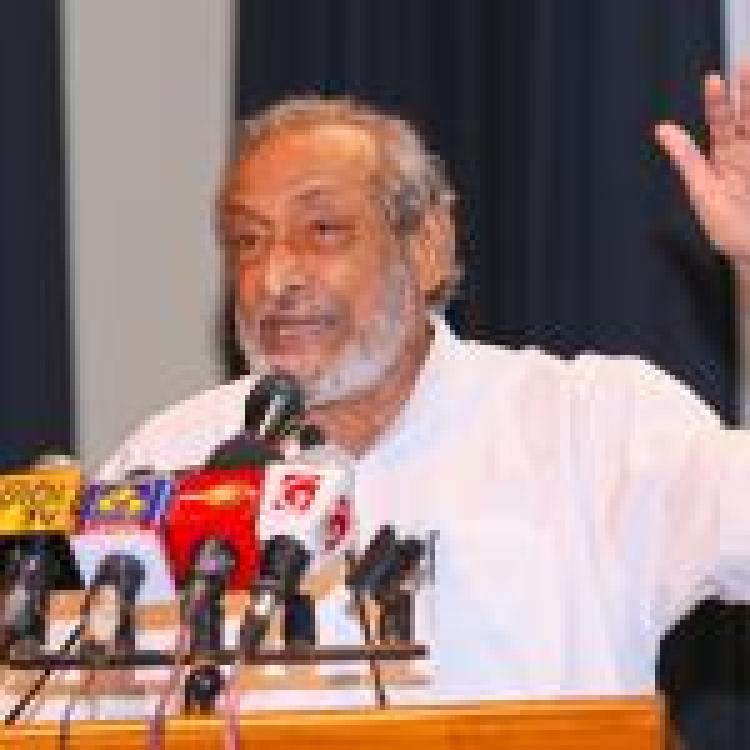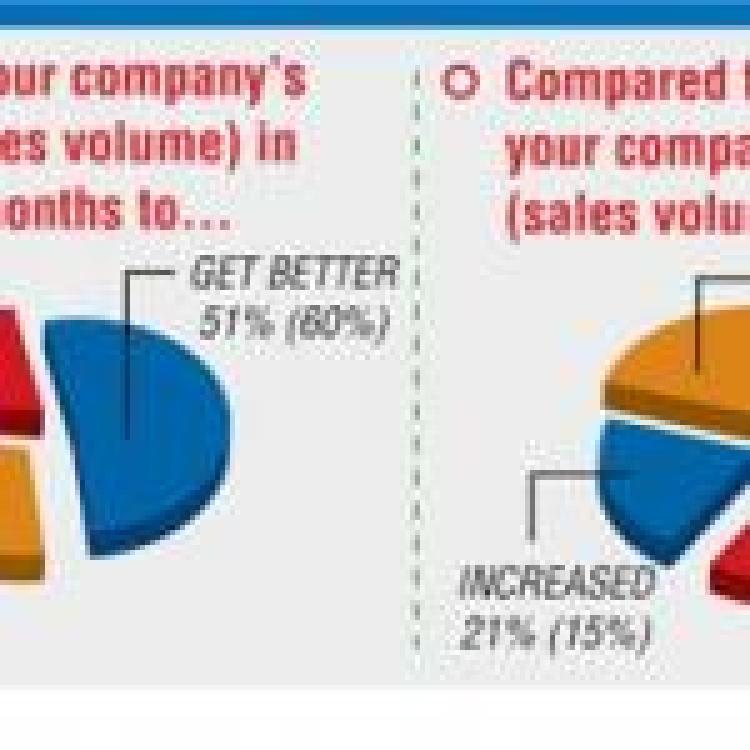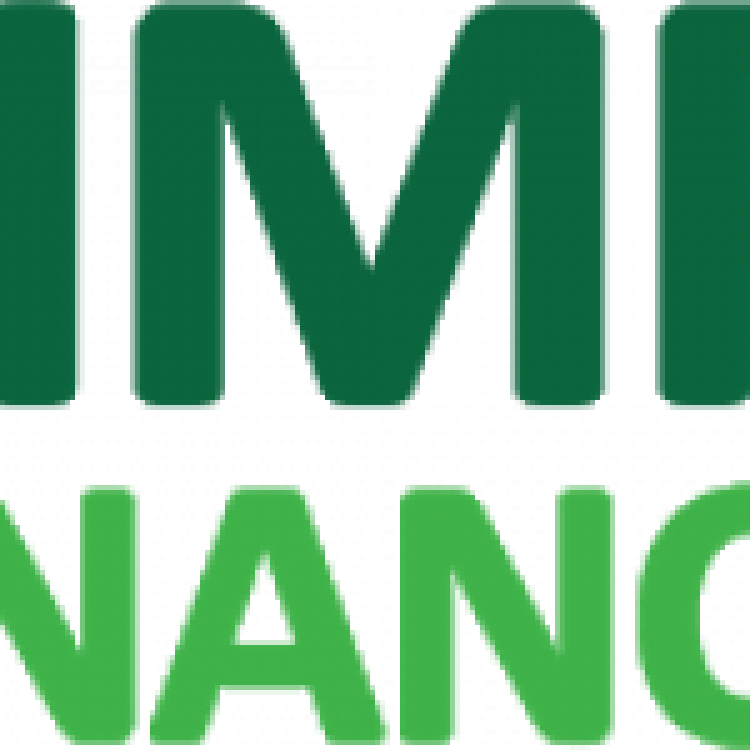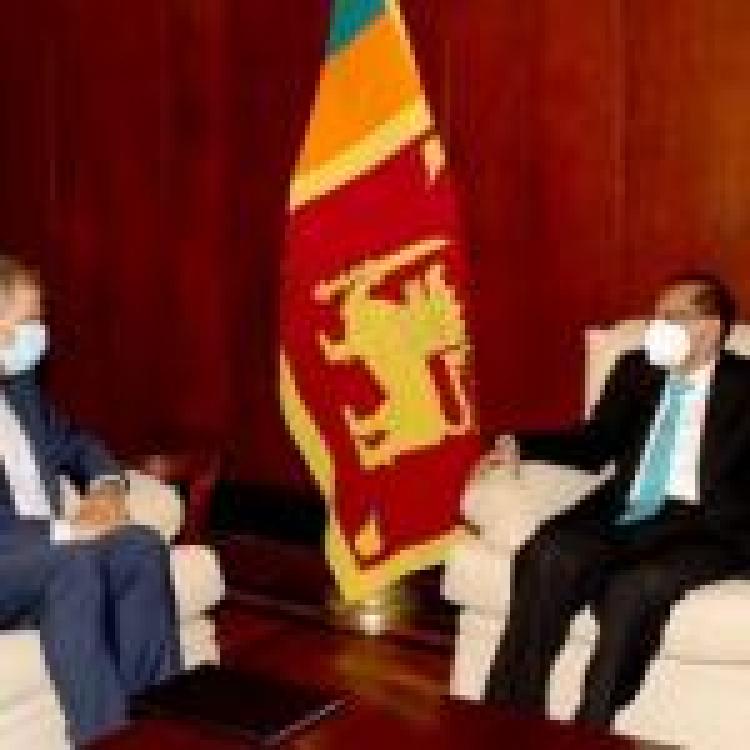![]()
Sri Lanka's inflation hits 12-year high at 9.9% in November, as the United Nations Food and Agriculture Organisation (FAO) issued a high alert warning for the country as food prices soar.
Sri Lanka's inflation accelerated to 9.9 % in the 12-months to November, from 7.6% in October. Over the last two years, Sri Lank's central bank has printed 1.48 trillion rupees and has become increasingly crippled with foreign debt. The central bank had promised to keep inflation between 4-6% but has reneged on the promise. The inflation rate is currently at its highest since January 2009, during the height of the armed conflict. Food prices have risen drastically, the Rajapaksa regime has attempted to counter the rising costs with controversial policies, however often ill-thought they have caused more damage.
Gotabaya Rajapaksa attempted to introduce price controlling policies most recently in September with a price cap covering items such as sugar and rice. Many food retailers refused to sell at lower prices and shortages ensured and much of the selling migrated to the black market. The measure was stopped and prices immediately shot up up by 30%. Sri Lanka's fiscal problems include roughly $1.5 billion in debt owed by next July and diminishing international reserves - $2.27 billion as of October- which has led to the country to restrict imports.
Speaking to NikkeiAsia Cristina Coslet of the FAO said "They will need to import ... but also support the most vulnerable households with subsidised food,"
Sri Lanka's main harvest will not reach the market until spring and with the introduction of a disastrous fertiliser import ban, crop yields have fallen.
She added, "Sri Lanka is more closed off to imports now than at any point since the 1970s."
Read more here at Economynext and NikkeiAsia





